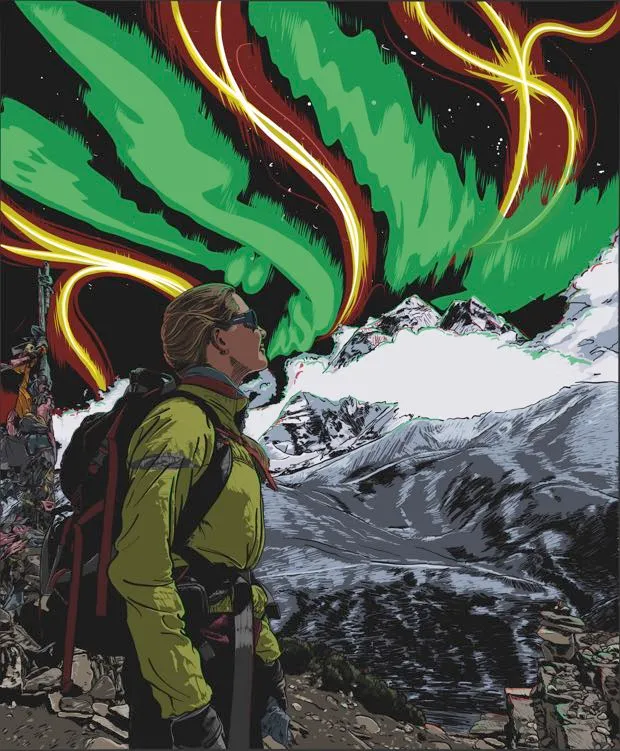What do you do?
I’m a physicist working with Tokamak Energy, a company that’s developing fusion energy. I’ve just climbed Everest and am writing a book about the science behind it.
What’s the link between science and exploration?
Science is an exploration. In my work, we’re trying to create a clean energy source for humankind. Fusion energy is cutting edge. It’s exploration. It’s going places people have never been before and trying to do something that seems almost impossible. If you think about polar exploration or climbing Everest, it’s the same kind of thing.
How did you get into exploration?
I had a pivotal moment when I was at university. My housemate told me that if I transferred to a slightly different degree, I’d get to go to France and go skiing every weekend. So I did. I spent my third year in Grenoble. It made me realise there was a whole world outside of my bubble, and made me less scared of doing things that challenge me. Most importantly, it made me want to be in the mountains.

What’s been your toughest adventure?
In 2015, I spent a week skiing across Svalbard in the Arctic to see the aurora – a plasma phenomenon. The temperature got down to -40°C. Everything was frozen all the time, even in the tent. You spend your whole day oscillating in and out of pain, because every time you need the dexterity of your fingers and you take your mittens off, they start to hurt within seconds.
What about Everest?
Everest is different. It’s not so cold, but it’s long and drawn out. The altitude wears you down. Little things like coughs and colds don’t get better, and you end up climbing this incredible mountain when you should be in bed recovering. You need experience to know how to look after yourself; not so you can climb, but so you can stay alive.
Which should I visit?
I’d encourage people to go to the Arctic. It’s a different kind of place. The light’s different. It’s magical and it’s harsh. You imagine the Arctic as being this soft, snowy landscape that’s cutesy and Christmassy, but it’s ice and rock and wind. Then there’s the aurora. I’ve seen them four or five times now, and it’s still not enough.
What life skills have you learned?
One of the scariest things you have to do on Everest is to cross large crevasses by balancing on ladders. It taught me how to manage my fear. The mountains have also taught me patience and acceptance. When you’re climbing, you can’t control the weather. Sometimes you have no choice but to wait it out.
One message for our readers?
Whether it is scientific or geographical, go out and explore!
Follow Science Focus onTwitter,Facebook, Instagramand Flipboard